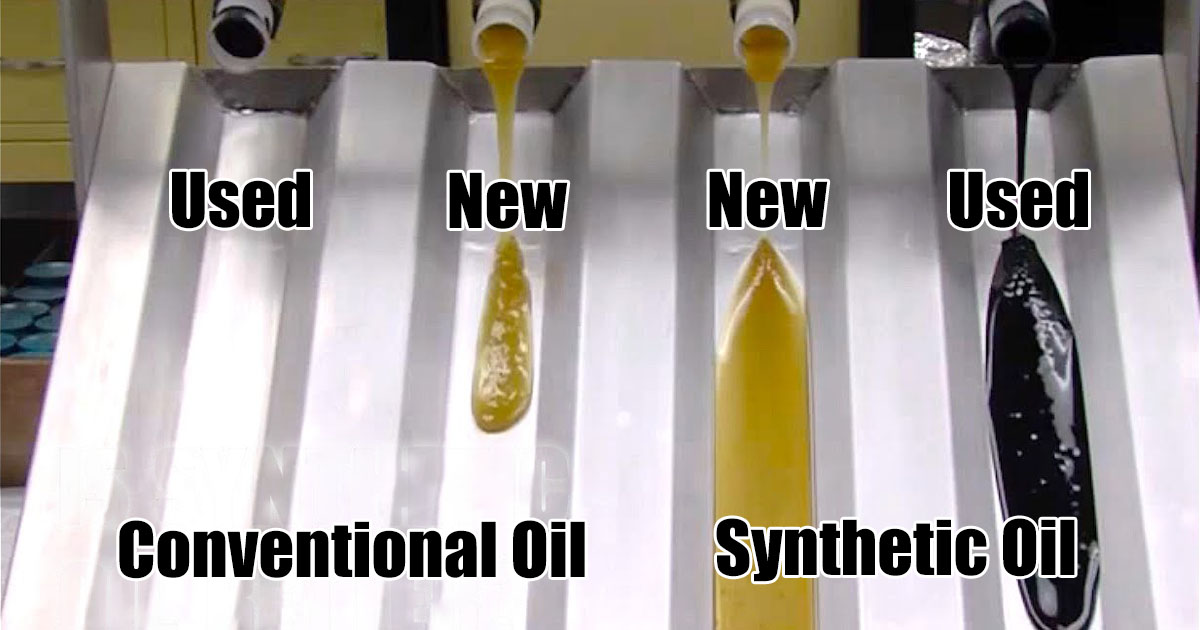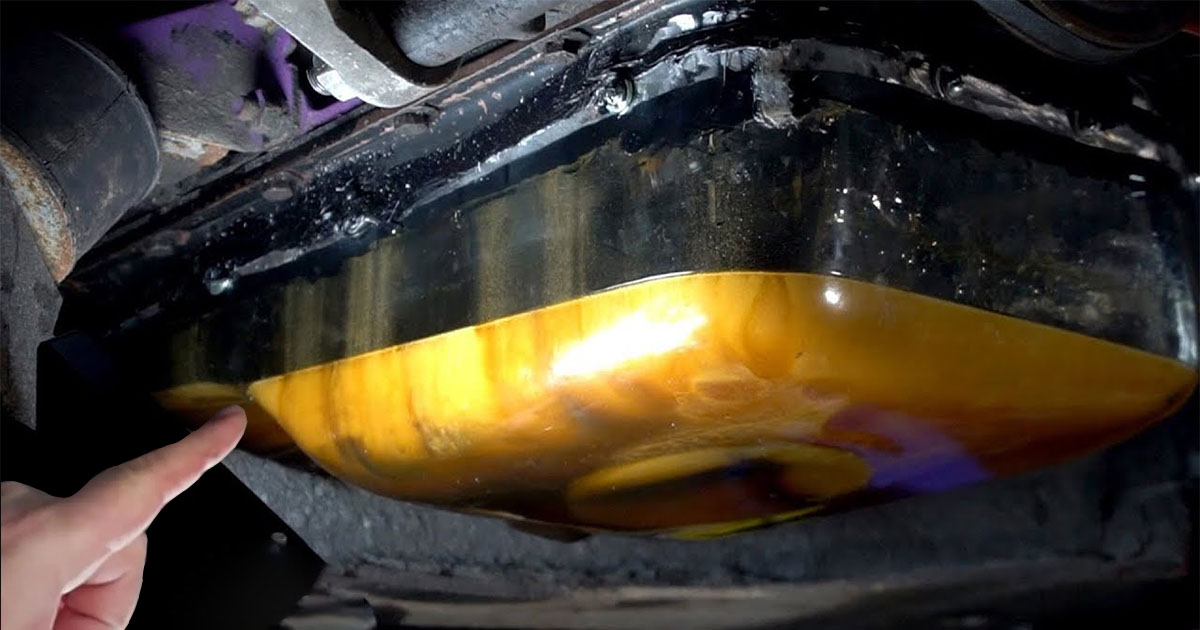
Changing your engine oil on a regular basis is one of the most important things you can do for your vehicle. This regular maintenance not only keeps your engine running longer but also keeps most powertrain warranties from expiring.
Although this service is available at many auto repair shops, not all oil changes are the same. So, where should you take your car to get the oil changed? Let us help you make this critical decision by analyzing all the possible options.
What Is Included in an Oil Change?
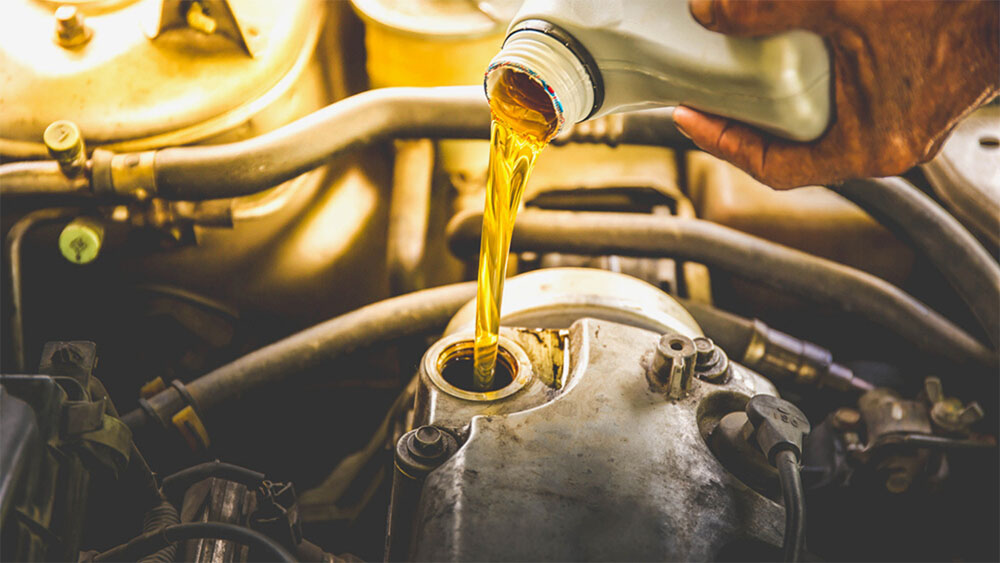
When you get your oil changed, you should replace both the engine oil and the filter. Although it’s not necessary, if you don’t change the filter, the freshly added oil will enter clean and leave dirty, negating the purpose of changing the oil.
A regular oil change usually consists of lubricating the chassis, replacing the filter, adding new oil, draining the old oil, replacing it with fresh oil, and refueling the engine.
Things to Consider Before Getting an Oil Change
Work Quality

When deciding where to get your oil changed, choose a shop that offers high-quality services. Even though changing your oil is a pretty easy procedure, not all service providers deliver the same level of quality. For example, some big-box stores offer cheap oil changes. However, they are by no means experts in car repair. Wouldn’t it be preferable to visit an auto repair shop that hires qualified mechanics?
Cost

Cost is an important factor. Unfortunately, this is the deciding element in the majority of cases. When customers see an ad for a fast and inexpensive oil change, they usually grab the coupon or flyer. Although cost should be a factor when making a choice, spending a little more to have the work done by a trained expert is a wise investment. As with many services, a cheaper option is not always the best one.
A regular oil and filter change will typically cost $35 to $75, depending on your location. If your car needs synthetic oil, the cost will be higher (between $65 and $125), but you will recover some of the expenses because synthetic oil lasts longer and requires fewer changes.
Oil and Filter Brands

Next, there are the brands of oil and filters, which can be manufacturer-specified or a matter of personal taste. In order to guarantee warranty coverage, it is advisable to adhere to the manufacturer’s specifications regarding the type of oil.
Some people only use specific brands, such as Valvoline, Pennzoil, or Mobile. If you have a preference for a specific brand of oil or filter, pick a store that carries that brand, or purchase your own oil and bring it with you when you drop off your car. Some shops may order your preferred brand from the local auto parts store if you call in advance. This type of service can come with an additional fee.
Extra Services

This factor is the x-factor. This involves all the extra services you can get at a full-service centre. Do they wash your vehicle afterwards? Can they get you in and out in an adequate time? Do you get a free tire change and brake check if you need it?
Do they check the air filter, tire pressure, and fluid levels (coolant, washer, brake, and power steering oil)? Do they clean your radiator or replace your wiper blades? If you’re looking for anything more than just an ordinary oil change, these are all questions that may come into play.
Type of Oil: Conventional Oil vs Synthetic Oil

You will always be asked if you prefer synthetic or conventional oil while getting your oil changed. Although synthetic oil is more expensive, it is a necessary upgrade. Your engine will perform better after a synthetic oil change than after a regular oil change. While synthetic oil of superior quality gives better long-term engine protection, conventional oil is still acceptable and performs adequately.
While conventional oil (i.e., mineral oil) can function satisfactorily in terms of lubrication, synthetic oils offer superior protection and overall engine efficiency. Additionally, you can choose between a blend of synthetic materials and pure synthetic materials. Fully synthetic oils provide the best protection.
Synthetic engine oil also typically lasts longer than normal oil, which is another advantage. Different brands recommend different intervals between oil changes, so if your new car is still covered by warranty, you should adhere to the manufacturer’s prescribed intervals, regardless of the type of oil you’re using.
High-Mileage Oil
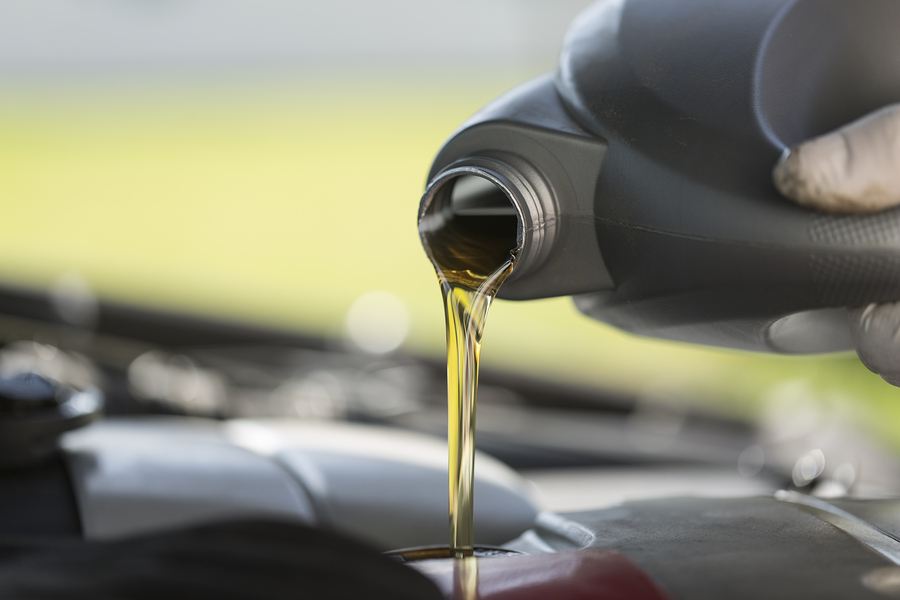
High-mileage engine oils are made for cars with at least 75,000 miles (120700.8 km) on them, and they contain ingredients that help older engines last longer. They have unique seal conditioners that can help prevent leaks. Even though high-mileage oils can’t fix leaks or other engine issues, they can prolong the life of a well-maintained engine.
Best Places to Get an Oil Change
1. A Reliable Independent Local Service Center
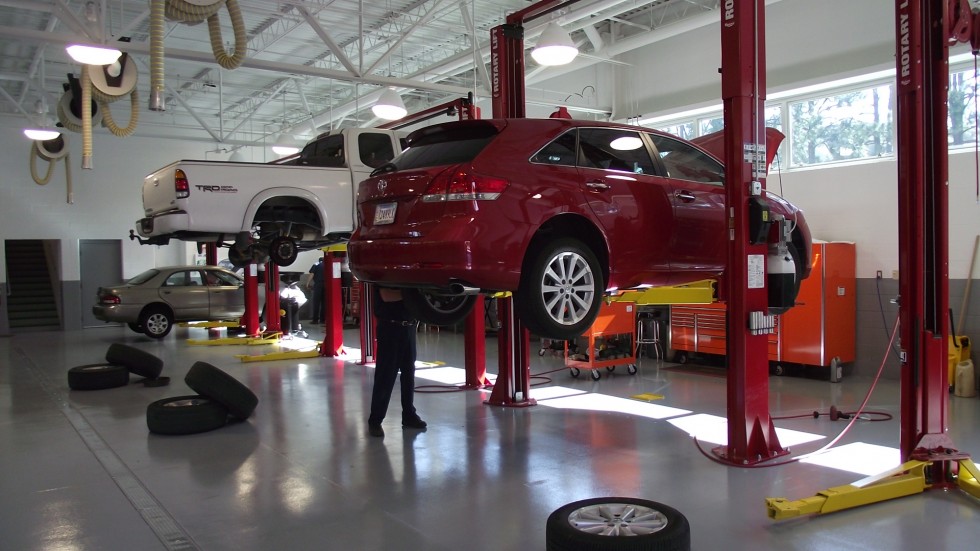
Everyone knows a location that a friend or family member has suggested for their car needs. A small, or sometimes not-so-small, privately operated service center known for providing high-quality service. If you haven’t located one in your town, ask around and check out community forums.
These shops essentially do all necessary auto maintenance. The best thing about these auto repair shops is that they can provide lower prices than most dealerships because they only hire ASE-certified technicians. Additionally, as they are privately held, their tire and lube technicians receive internal training.
Store owners know how essential word-of-mouth is; therefore, they are trustworthy. However, you should never use one person or one published review as your sole guide. Examine the web reviews and ratings of the store before deciding to go with it. Since they make their money fixing cars, it’s not hard to find a service shop that will swap out your tires and check your brakes for free.
2. Your Vehicle Dealership

In terms of quality, this is usually at the top of the list. Your dealership will not only employ factory-trained specialists, but no one knows your specific brand of car better than someone who works on them all day, every day.
In addition to changing the oil, a dealership technician will typically run computer diagnostics on your car and take it for a quick spin around the block to identify any underlying issues. This can put your mind at ease. This can catch undiscovered issues early on before they become genuinely costly to resolve.
While dealership technicians usually work on the same make and model of vehicles every day, they will have a greater understanding of what to look for on specific models than general technicians. This is not to say that other service providers cannot employ similar approaches. Dealerships will be the most expensive option on this list, but many also provide small benefits like a free car wash after service.
3. Big Name Service Station

This one refers to a place like Sears Auto Service Center, Wal-Mart’s Tire and Lube Express, or any other nationwide chain auto shop that provides more mechanical services than just a fast lube. It’s a hit-or-miss affair in terms of quality.
Many of these shops employ young, inexperienced technicians and have a high technician turnover rate. In terms of cost, this is an average option. The primary drawback is that a lot of these chains are limited to using specific kinds of filters and oil, so if you have particular requirements for your parts, you might have to pay more.
4. Any 10-minute Oil Change Service

Remember how your mother used to tell you that it’s better to take your time and do something correctly than to do it twice? That sounds like a fair rule even now. Although quick-stop oil change locations are the most convenient, their technicians have the lowest experience levels and the highest turnover rate. They focus on offering prompt service; therefore, quality can occasionally suffer.
Drain plugs can strip off, grease fittings can break, and oil filters might become trapped. These small issues can quickly grow into larger issues if they are handled hastily while you’re in a rush to finish a task. The quick-stop oil change stations aren’t the ideal option unless you’re in a hurry or know someone who works there directly whom you can trust to operate your car.
5. Do It Yourself

This one is totally up to you in terms of price and quality. The primary question is: do you have the time and skills needed to do it yourself? As previously said, changing the oil is an easy task; however, issues can arise.
Handling the task at hand will eliminate the majority of these issues, yet you must have the necessary knowledge for your safety, if for no other reason. If you’re a technician or a car enthusiast and can safely execute the oil change yourself, this is the cheapest choice, and the quality of work is entirely in your hands – as long as you have the time and expertise.
Steps Involved
You can change your vehicle’s oil by yourself by following these steps:
- Gather all the Required Materials
- Select the Correct Filter and Oil
- Get Your Car Ready
- Extract the Old Oil
- Take Out the Used Oil Filter
- Set Up the New Oil Filter
- Change the Drain Plug
- Add Fresh Oil
- Verify the Oil Level
- Discard the Used Oil and Filter
How Frequently Should Oil Be Changed?
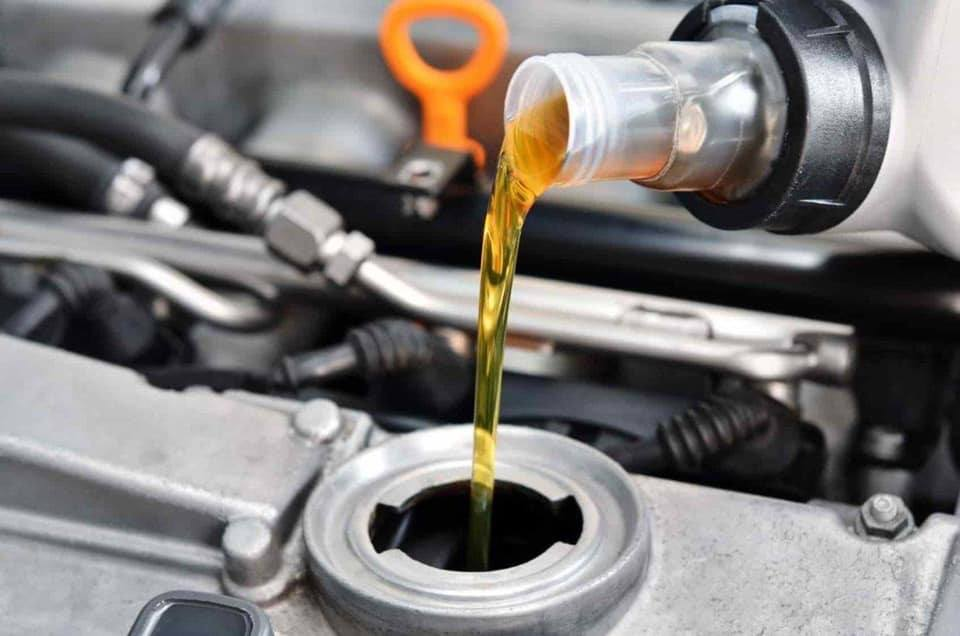
Modern engines have intervals ranging from 5,000 (8046 km) to 15,000 miles (24140 km), and some even have oil sensors that alert you when the oil needs to be changed. However, some quick-change oil shops insist on oil changes every 3,000 miles (4828 km). Instead of following the shop’s advice, follow the manufacturer’s guidelines as outlined in your owner’s manual.
Conclusion
You should always do your homework and trust your instincts when selecting an oil change location. You must change your oil in accordance with your car’s owner’s manual, using the recommended oil and changing it at the recommended intervals.
This holds true whether you had a positive experience with a quick oil change service or had a reliable mechanic handle the task for you. Remember that low oil or contaminated oil from not changing your car’s oil on a regular basis can damage your engine and limit the life of your vehicle.



